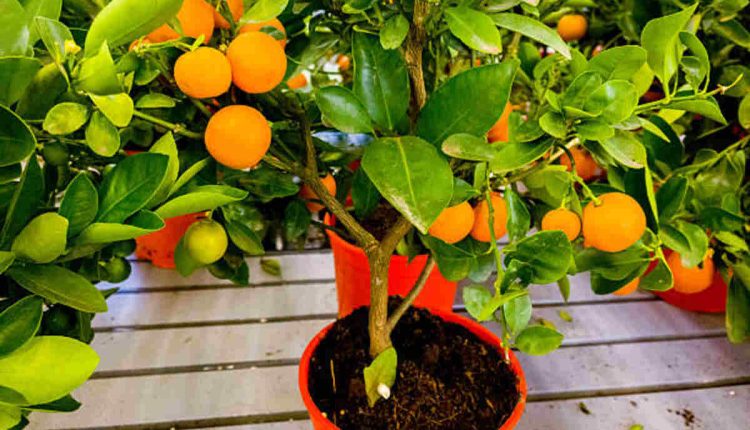Clementine Flower – Symbolizing Creativity, Inspiration, and Intuition
Clementine flowers represent creativity, inspiration, and intuition – qualities that can help tap into our creative energy while deepening self-awareness.
Clementine plants grown in containers should be fertilized every one to two weeks with Plantura Liquid Citrus Fertilizer to promote strong flower development and fruit set. Doing this will enable your clementine to produce many beautiful blossoms and robust fruit sets.
Fruit
Clementine plants are an easy addition to a sunny garden or patio and can be planted in climate zones 8 through 11. Potted varieties also thrive well in indoor gardens. Clementine trees produce fragrant white blossoms from November through January that produce delicious citrus fruit from November. Furthermore, their cold hardiness allows them to serve as winter crops across much of the United States.
Clementines are an offspring of mandarin orange (Citrus reticulata) and bitter orange (Citrus x aurantium). Clementine trees produce medium-sized fruits that are seedless, easy to peel, and less acidic than most oranges, making them an excellent snack option for both children and adults alike. Their trees also boast an evergreen canopy without sharp spines or thorns obstructing their growth.
Water the clementine plant regularly without overwatering it. When you water, ensure only until the soil becomes damp before allowing it to dry off a little between waterings; this will prevent flood and overwatering situations from happening, which are the leading causes of citrus tree failure.
To harvest a clementine, wait for its skin to turn orange and wrinkle before gathering it. One or two sections should easily break apart when ready for peeling; remove seeds if the rind contains them before offering your fruit to children as treats!
Flowers
Clementine flowers have long been revered for their symbols of love and kindness and for their ability to bring luck and fortune. Additionally, their fragrance makes them popular choices in spiritual rituals for awakening one’s inner self; in dreams, clementines often represent new beginnings and renewal.
Aquilegia vulgaris ‘Clementine Rose,’ commonly known as common columbine, is a perennial flowering plant with beautiful spurless double flowers that produce attractive bouquets each spring and summer. A compact cultivar, it makes the ideal accent plant for beds and borders as well as rock gardens, cottage gardens, and shade gardens – though full sun to partial shade planting conditions work just as well; blooming during both spring and summer, its blooms attract hummingbirds and butterflies while remaining deer- and rabbit-resistant.
Clementine flowers feature a refreshing citrus fragrance with notes of lemon and orange, offering a smooth, lung-expanding smoke flavored by pine needles and diesel fuel. Smoking Clementine may help provide relief from stress and depression as well as boost focus and concentration levels; however, it may not be ideal for individuals with low THC tolerance or anxiety issues.
Leaves
Clementine flowers produce nodding red bell-shaped blooms from late spring to early summer that draw an array of birds, butterflies, moths, caterpillar foodplants of Cucullia verbasci moth and are eaten up by Cucullia verbasci moth caterpillars as caterpillar food. Clementines tolerate many soil conditions; well-drained neutral to alkaline soil is ideal in full sun or partial shade conditions with protection from cold winds as this will protect its foliage against water accumulation as water accumulation can damage it further.
Clementines are easy to peel and make an excellent winter alternative to tangerines. A good source of Vitamin C, it helps strengthen immunity against many health conditions, including cancer. Iron and potassium minerals improve cardiovascular health; their anti-inflammatory properties improve respiratory health; provitamin A carotenoids reduce lung inflammation.
Clementines are self-fruitful plants that do not require pollination to bear fruit. Farmers worldwide take advantage of parthenocarpy to achieve this feat and use its botanical phenomenon, whereby plants produce without being fertilized. Clementines also boast provitamin A carotenoids, which the body converts into Vitamin A, while their Vitamin C content acts as an antioxidant, protecting cells against oxidative stress, helping maintain eye health while decreasing cataract risk, promoting immune health, and speeding up wound healing.
Pollination
Clementine trees are self-fertile and do not need pollinators to produce fruit, but for maximum yield and fruit quality, they require regular feeding with a liquid fertilizer like our Plantura Citrus Fertiliser during their growing season from April until November. We advise using it every 1-4 weeks as this fertilizer.
Clementine flowers feature both male and female parts, known as stamens, that feature long slender stems tipped with pollen at their tips, while carpels form an inner whorl around it, fused to form a pistil that sits at its center; its tip, known as stigma, attracts pollen grains from nearby stamens that then travel down its long stalk into its ovary where it eventually transforms into seeds.
Animals in nature frequently move between flowers when collecting nectar or eating their favorite meal, spreading pollen from the anthers of one flower onto the stigma of the next flower and ultimately into its ovule, where it will be fertilized and thus become part of its seed development cycle.


